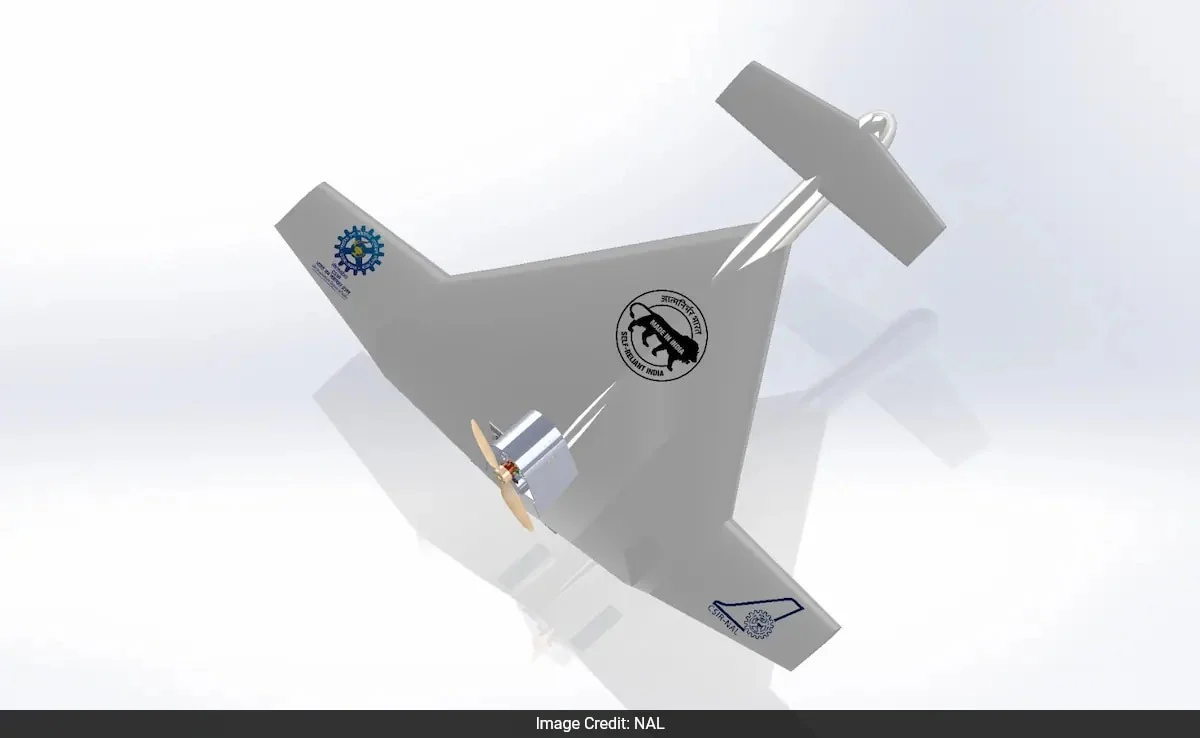As India gears up to celebrate its 78th Independence Day, a significant milestone in the nation’s defense capabilities has been unveiled. The National Aerospace Laboratories (NAL) announced the development of indigenous Kamikaze Drones, a formidable addition to India’s arsenal. These unmanned aerial vehicles, designed to perform lethal “do-and-die” missions, boast a remarkable range of up to 1,000 kilometers.
Loitering munitions, also known as Kamikaze Drones, have proven their effectiveness in modern warfare, most notably in the ongoing Russia-Ukraine conflict and the Israel-Hamas tensions. These drones are engineered to hover over a designated area for extended periods, carrying explosive payloads. Once a target is identified, a human controller can command the drone to dive into the target, delivering a devastating blow.
The concept of Kamikaze missions, which originated during World War II with Japanese pilots ramming their aircraft into Allied forces, has now been adapted into a new-age war machine. According to Dr. Abhay Pashilkar, Director of the National Aerospace Laboratories, the indigenous Kamikaze Drones are poised to be a “game-changing 21st-century war machine.”
The Indian Kamikaze Drone is a cutting-edge piece of technology. Measuring approximately 2.8 meters in length with a wingspan of 3.5 meters, the drone weighs around 120 kilograms and can carry an explosive charge of 25 kilograms. With an endurance of about nine hours, these drones can hover in the area of interest for extended periods, ready to strike once a target is identified.
The drones are powered by a 30-horsepower Wankel Engine, designed and developed by NAL, enabling them to fly continuously for up to 1,000 kilometers at a maximum speed of 180 kilometers per hour. One of the standout features of these drones is their ability to operate in GPS-denied environments, utilizing the Indian NAViC system for navigation and target homing.
The Council of Scientific and Industrial Research (CSIR) has granted approval for the project, with CSIR-NAL serving as the lead laboratory, in collaboration with major engineering laboratories across India. This indigenous development marks a significant step in addressing India’s national security needs, offering a robust solution in modern warfare scenarios.
As Dr. Pashilkar emphasized, “Such drones deployed by other nations have shown great potential in ongoing wars elsewhere.” With the launch of these indigenous Kamikaze Drones, India is set to enhance its defense capabilities, ensuring a strong stance in the evolving landscape of global security.
